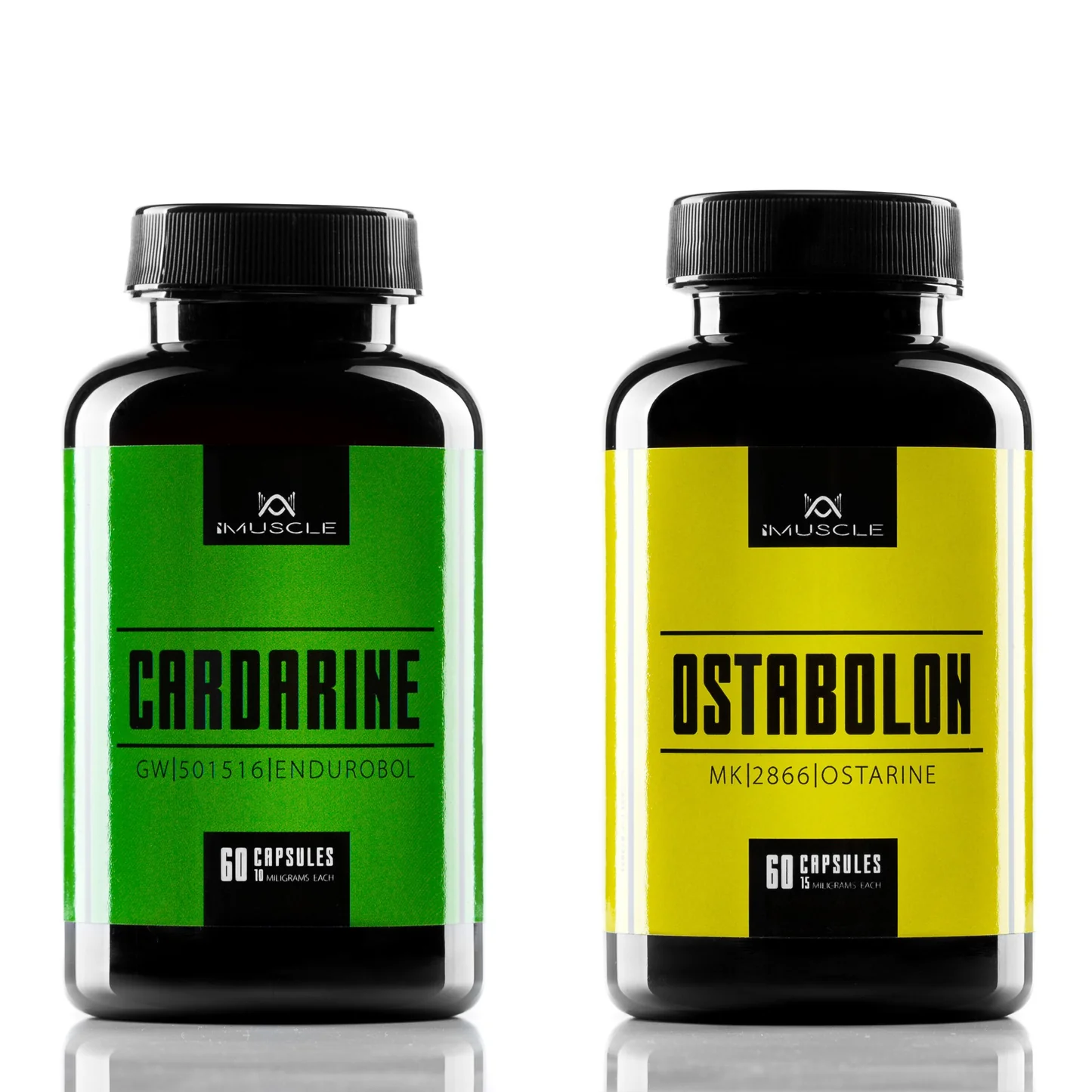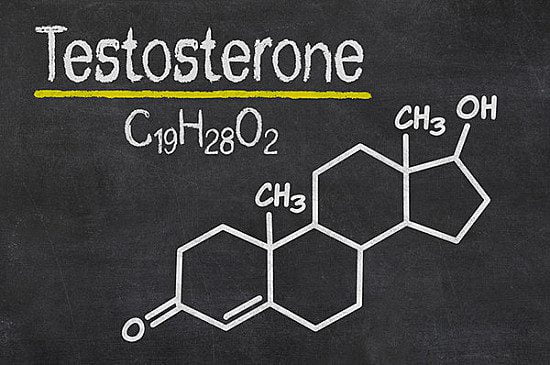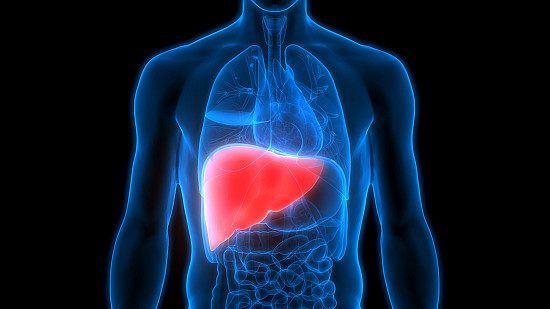Guide for Ostarine and Cardarine stack – Ostarine is recognized as a SARM (Selective Androgen Receptor Modulator), while Cardarine is known as a PPARD (Peroxisome Proliferator Activated Receptor Delta). Bodybuilders and athletes often employ these substances for their potential to encourage fat reduction while helping to maintain or even increase muscle mass.
For male individuals, combining Ostarine with Cardarine is typically used during a fat-trimming phase, as Ostarine primarily leads to moderate muscle growth (potentially up to 10 lbs).
Female users might find this stack beneficial for significant fat burning. In the case of women, especially those starting, Ostarine can be remarkably effective at building muscle, with some new users seeing up to 20 pounds of lean muscle gains after a cycle.
Recommended Dosages of Ostarine and Cardarine Stack

For Men
Moderate Cycle:
- Weeks 1–8: Ostarine at 15mg daily, Cardarine at 10mg daily
Aggressive Cycle:
- Weeks 1–8: Ostarine at 20mg daily, paired with Cardarine at 20mg daily
- Weeks 9–12: Continue Cardarine at 20mg daily
For Women
Moderate Cycle:
- Weeks 1–8: Ostarine at 10mg daily, combined with Cardarine at 10mg daily
- Weeks 9–12: Sustain the use of Cardarine at 10mg daily
Note: Based on our observations, moderate doses of Ostarine (10 mg per day or less) appear not to induce masculinizing effects in female users.
Expected Outcomes
To assist users in forecasting their potential body transformations with these compounds, below are examples of results from individual Ostarine-only and Cardarine-only cycles.
Outcomes from Ostarine

The effects of stacking Ostarine with Cardarine are likely more substantial than those from individual cycles of either substance. Users can anticipate a more pronounced reduction in fat, contrasting with the provided images, but should not expect a further increase in muscle mass, given that Cardarine isn’t conducive to anabolism.
In scenarios where Ostarine is taken in conjunction with a slight calorie deficit, fat loss can be quite discernible, exemplified by a user who experienced noteworthy results after a 45-day regimen of 20mg per day.
Outcomes from Cardarine

An illustration of Cardarine’s impact is seen in a user who shed approximately 40 pounds over a 12-week period, starting with a dose of 10mg per day in the first week, followed by 20mg for the remaining eleven weeks.
Therefore, when Ostarine is paired with Cardarine, one might typically expect considerable reduction in both subcutaneous and visceral fat, along with some lean muscle accrual.
For women, muscle development with this combination might match the extent of fat loss, potentially resulting in larger muscles and a much lower body fat percentage.
From our findings, stacking Ostarine with Cardarine is one of the most effective combinations for dramatically altering a woman’s physique.
Cardarine is also shown to greatly enhance muscular endurance, which is notably beneficial for athletes or those engaged in regular cardiovascular activity, as they may see vast improvements in their VO2 max.
Potential Side Effects
The compounds Ostarine and Cardarine are largely well received, seldom resulting in severe side effects for men or women. Nonetheless, users should be aware of certain potential risks:
Testosterone Suppression

Our sex hormone-binding globulin (SHBG) assessments indicate that Ostarine can reduce native testosterone levels due to its AR (androgen receptor) stimulation.
While some users of Ostarine report no symptoms commonly associated with low testosterone, such as changes in mood, libido, and energy levels, they might notice considerable reductions in total testosterone (about 60-70%) following blood tests.
The dip in total testosterone isn’t inherently concerning if the levels of unbound, active free testosterone remain within a normal range.
Post-cycle, testosterone levels often return to normal after several weeks. For those experiencing significant suppression from Ostarine, post-cycle therapy (PCT) with medications like Nolvadex or Clomid might hasten recovery of the hypothalamic-pituitary-testicular axis (HPTA).
Liver Toxicity

Anecdotal reports suggest a moderate rise in alanine transaminase (ALT) levels, about 30% above the maximum normal levels, implying a moderate level of liver stress with Ostarine use. Therefore, liver support supplements such as TUDCA or milk thistle can be considered to mitigate liver strain.
Based on Dr. Grant Fourie clinical experience, Cardarine shows signs of liver toxicity, potentially more so than certain anabolic steroids. He equates the hepatic stress from a standard dose of Cardarine to that of a high Anavar dosage (50 mg).
Consequently, users should be cautious when using both Ostarine and Cardarine together, monitoring ALT/AST levels to gauge tolerance and optimal dosing durations. While the liver can be quite resilient, those with preexisting liver health issues should avoid such cycles.
Blood Pressure

Despite its reputation as a relatively mild SARM, Ostarine can cause spikes in blood pressure.
Ostarine has been associated with a 30% reduction in HDL cholesterol (the beneficial type) at doses as low as 3 mg/day over 12 weeks. Short-term disruption of blood lipids by Ostarine has also been observed in scientific research.
Cancer Risk
A 2009 study showed that Cardarine prompted cancer development in rodents subjected to extreme doses over prolonged periods. The study dose equated to around 65 mg/day for an 80-kg human if taken for three years.

While the dosage and duration far exceed what humans typically use (10–20 mg/day for up to three months), further research is necessary to fully understand the potential cancer risk in humans.
Administering Ostarine and Cardarine
Ostarine is usually available as an oral liquid (25 mg/mL) and taken by mouth, with a common practice being to hold the liquid under the tongue for about 15 seconds to maximize absorption through sublingual delivery to the bloodstream.
With a 24-hour half-life, Ostarine requires just one dose per day, and for heightened benefits during workouts, it can be administered an hour prior to exercise.
Cardarine, often in liquid form as well (20 mg/mL), is taken similarly to Ostarine, orally and sublingually. Due to its stimulating effects on the central nervous system (CNS), earlier daily dosing is suggested to prevent sleep disturbances.
A single daily dose is also adequate for Cardarine, given its 16-hour half-life.
Conclusion

A combination of Ostarine and Cardarine offers a promising approach for fat loss. While significant muscle gains are unlikely for men, especially under a caloric deficit, the stack has shown to support substantial muscle development in women, alongside notable fat reduction.
The short-term risks associated with Ostarine and Cardarine stack are minimal, but due to the relatively sparse data on these compounds, extensive human research is required for conclusive safety assessments.

